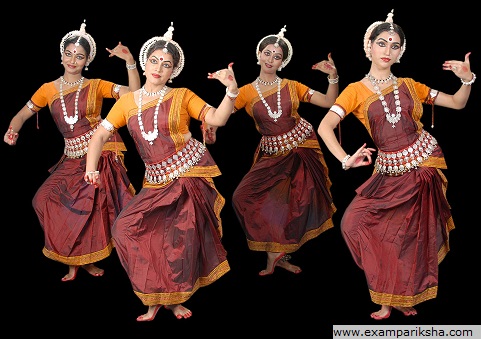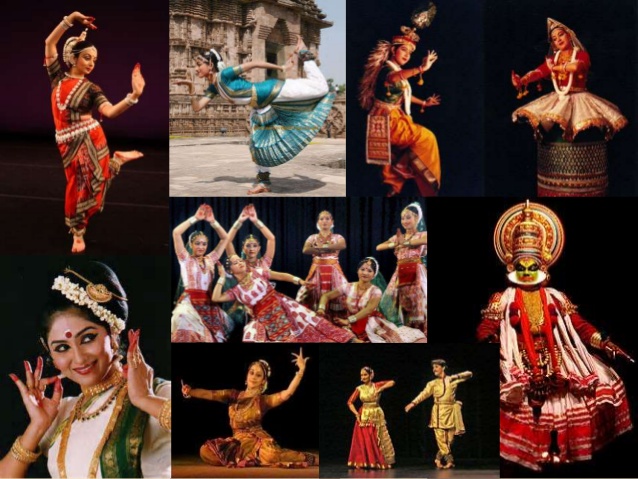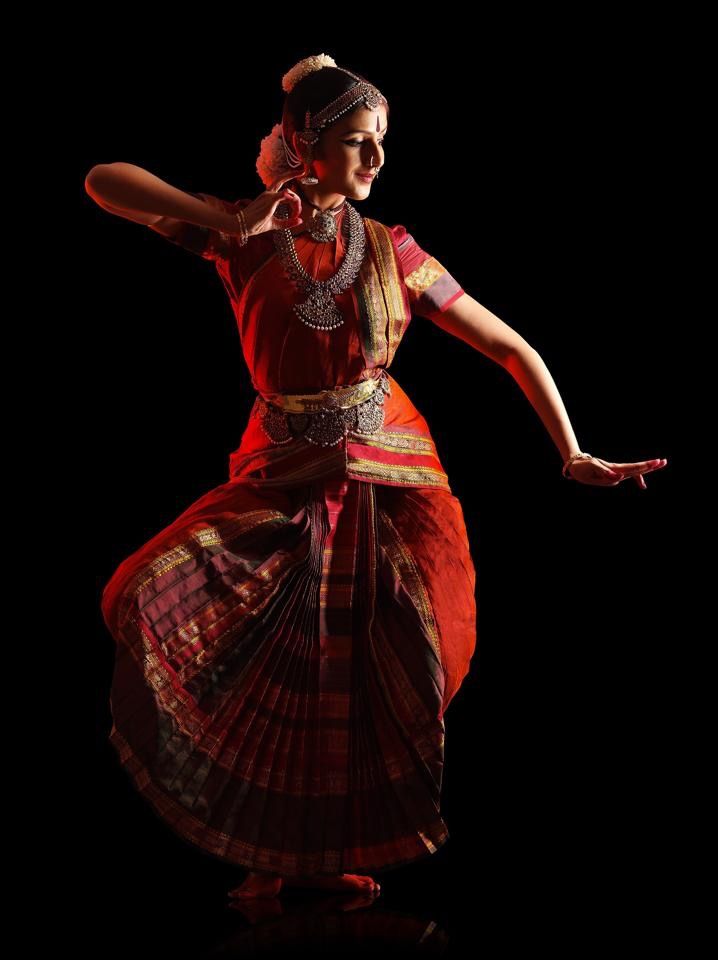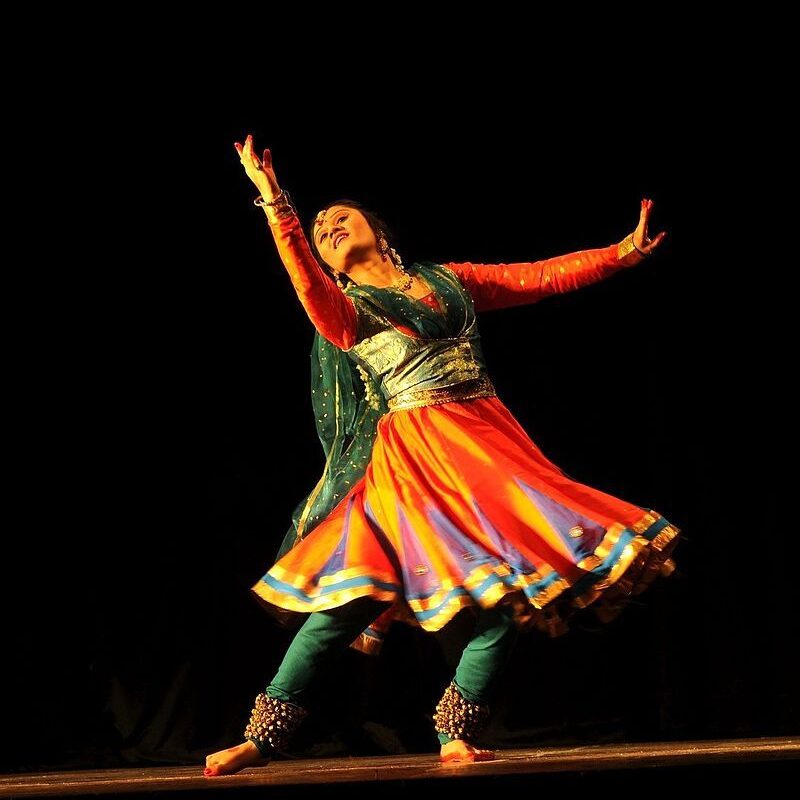True culture includes all these four aspects and a cultured man ought to show development along all these four lines. It is therefore obvious that education in aesthetics is as essential if not more than mere intellectual or physical education. Man can never be complete or balanced or harmonical unless his emotions are trained, developed and sublimated, and herein comes the need for introducing art in our educational curriculum as a compulsory subject. Classical Dance is the highest form of art.

DANCE AND POWER OF ONENESS:
In the classical dance, dancer portrays multiple characters to tell stories based on Hindu philosophies with narratives of good versus evil. “since the ideal dance student is expected to render herself devoid of aham (egotism) and to become a selfless devotee of the dance, she must train to perform both male and female roles or styles of dance with equal dexterity.” There are certain dance forms that are associated with different genders, such as kathakali, typically for male dancers, and the mohini attam, which is performed primarily by women. classical training is the Ardhanarishwara, a “celebration of the half-man, half-woman deity” that requires dancers to move between male and female styles.

Indian Art Culture And Classical Dance Forms:
philosophy and practice may be traced back to the Sanskrit scripture Natyashastra. Bharatnatyam, Kathak, Kuchipudi, Odissi, etc are examples of Indian Classical Dance forms. until the 19th century, musical plays known as sangeet-nataka evolved into contemporary classical dance forms. Tandava and Lasya are the two main elements of Indian classical dance. Natya (the theatrical element of the dance, i.e. character impersonation) Bharat Muni’s Natya Shastra is the most important source for determining the features of dances.

Rasa’s Of The Classical Dance
Love, Heroism, Pathos, Humour, Anger, Fear, Disgust, Wonder, and Peace are the nine rasas.
Technically, the term “rasa” means rapture. According to the Natya shastra, Rasa is produced by a combination of the vibhaava (determinants, stimulus or right ambience), Anubhaava (the transitory mental status or the effective results of the excitation produced in the vibhaava) and vyaabhichaari bhaava (birth of the derived emotion). Rasa imparts blissful joy with a combination of abhinaya (histrionic representation) and sthaayee Bhaava (permanent sentiments). Since it is felt in the form of ecstasy, it is called the natya rasa. There can be no Rasa without Bhaava and no Bhaava without Rasa. Therefore, in histrionics, they attain perfection only when they complement each other. All the rasas are derived from the Sthayi bhava or State of mind. Thereafter the combination of vibhava (Determinants), Anubhav (consequents) and vyabhichari (Transitory mental status) give rise to the emotion (rasa).


